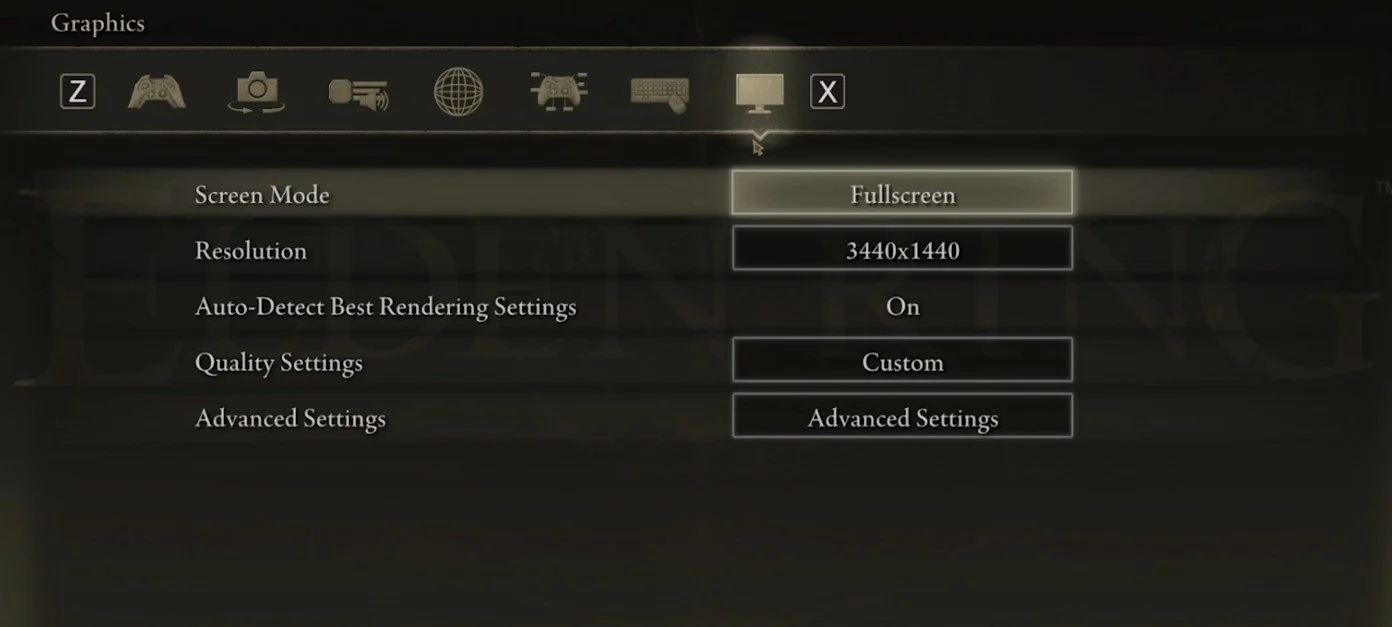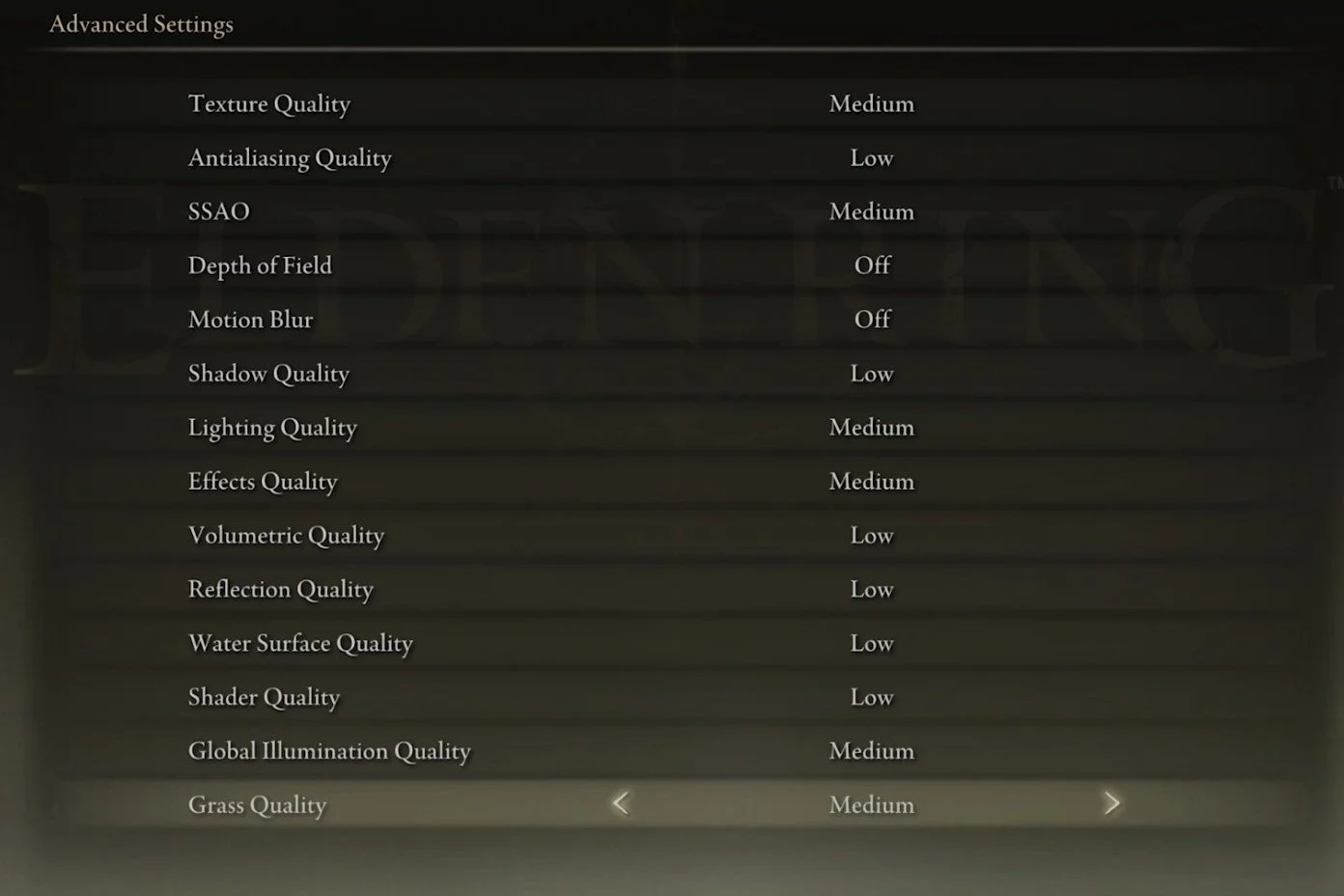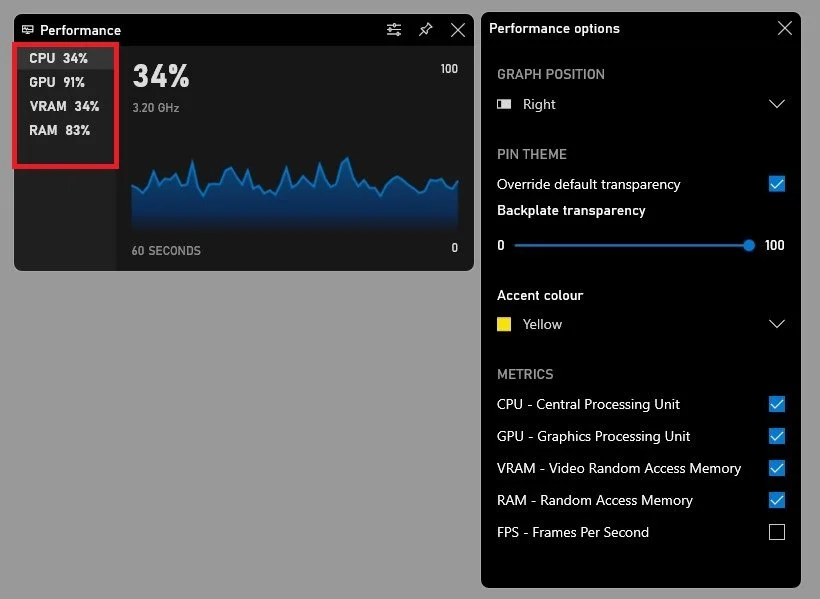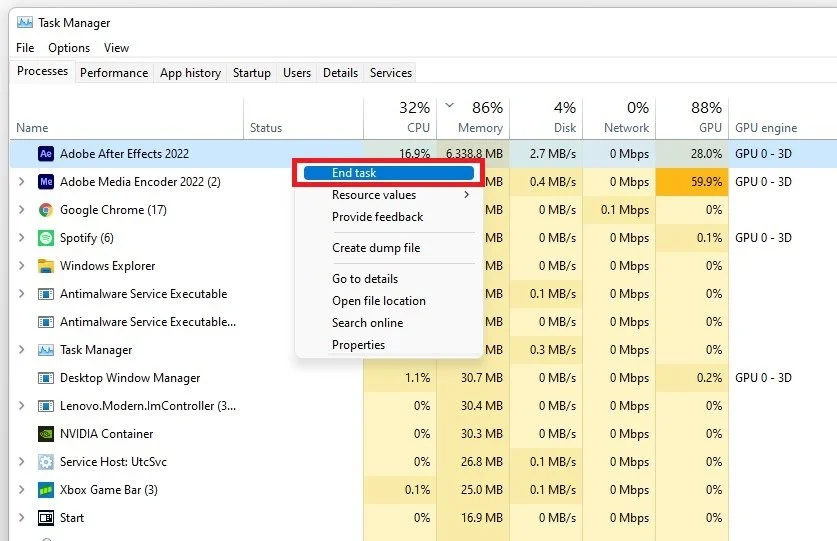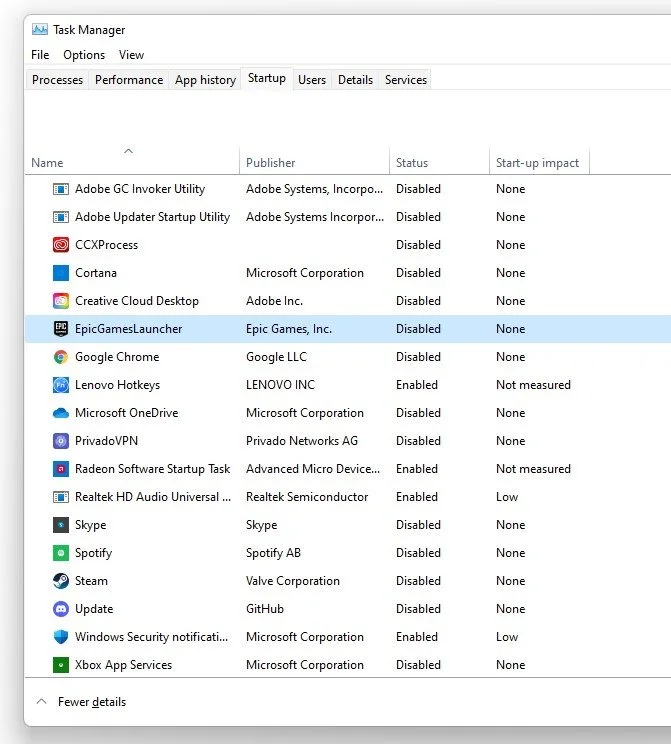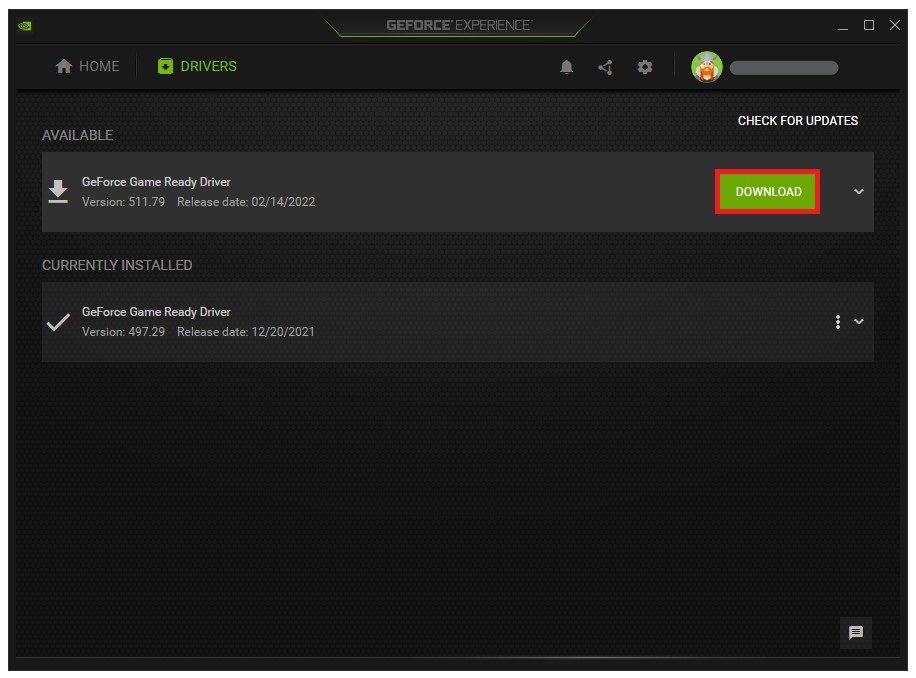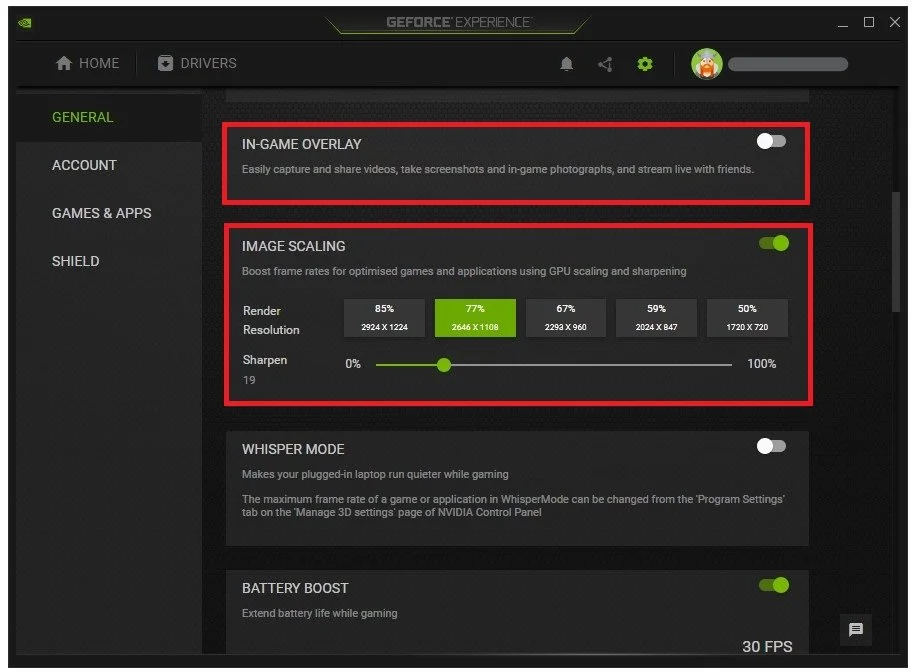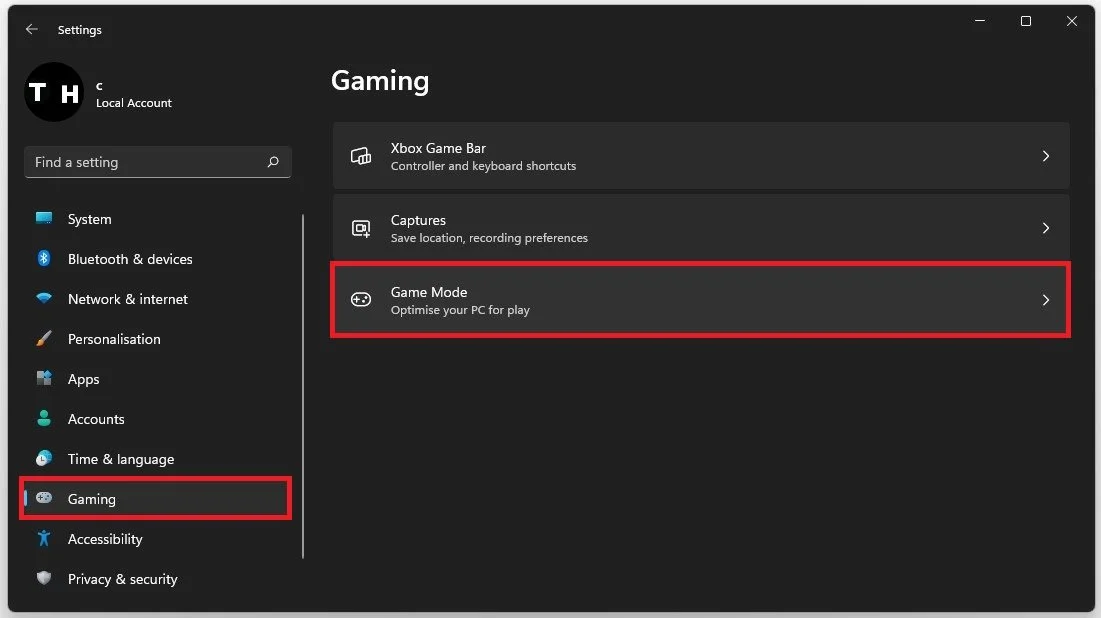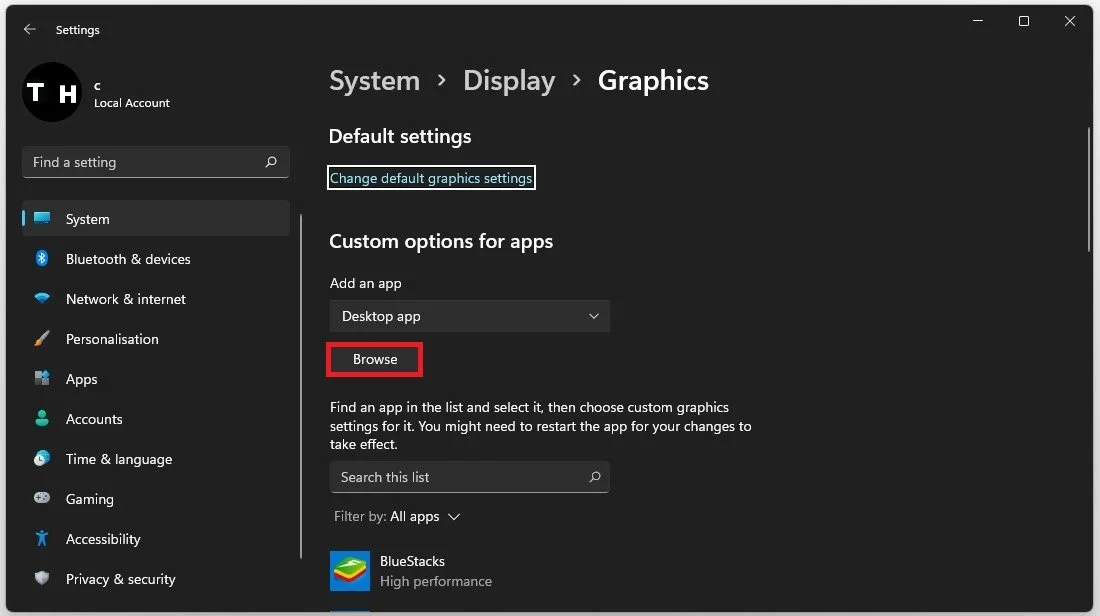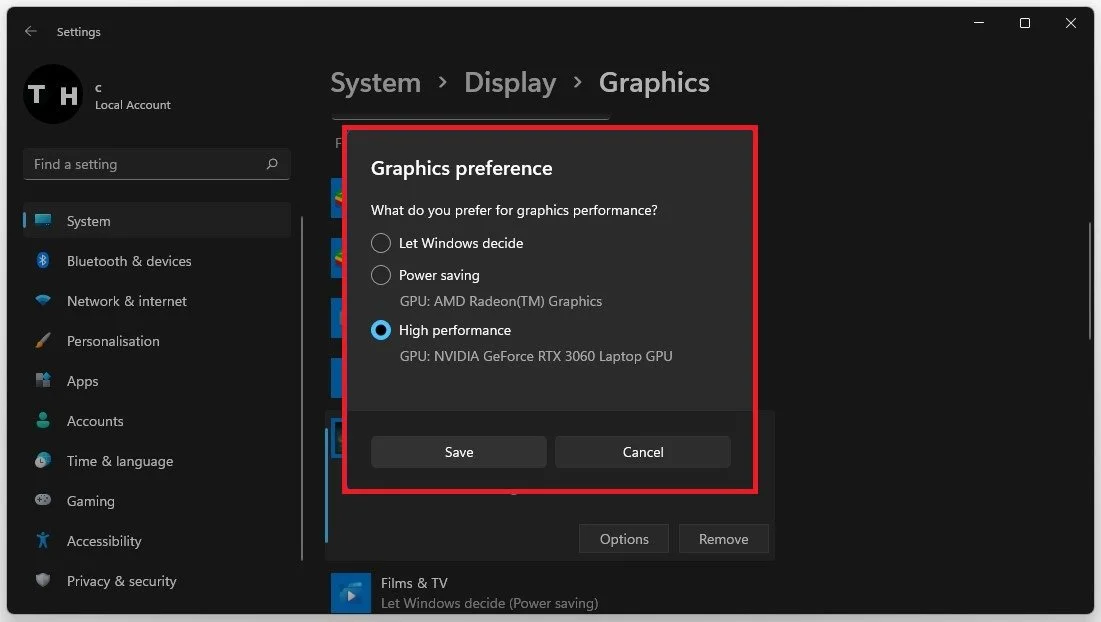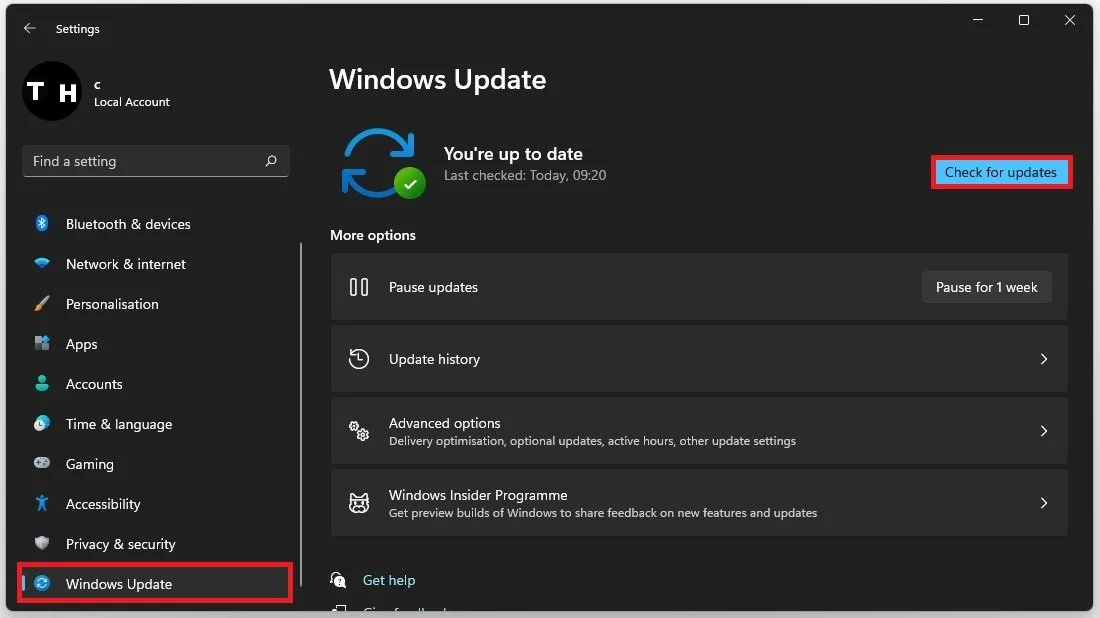How To Fix Flickering Black Boxes & Invisible Enemies in Elden Ring
Elden Ring, the upcoming action role-playing video game, has been highly anticipated by gamers since its announcement. However, some players have reported issues with flickering black boxes and invisible enemies, which can disrupt gameplay and hinder the overall experience. This article will explore some solutions to fix these issues and ensure a seamless gaming experience. We will provide comprehensive steps that are easy to follow, even for those with limited technical knowledge. So, if you're tired of dealing with these frustrating glitches, read on to find out how to fix flickering black boxes and invisible enemies in Elden Ring.
Adjust the Elden Ring Graphics Settings
This problem is mainly related to your graphics card resources and in-game settings. Open up Elden Ring and navigate to your Graphics settings section. Change your Screen Mode to Fullscreen to get the highest FPS. Below, you will want to use your native monitor resolution. The Auto-Detect Best Rendering Settings should be enabled the game to change settings according to your in-game performance. If you feel like these settings are set too high, you can manually reduce them later. Set the overall Quality setting according to your system performance. Low-end PCs should set this to Low.
Elden Ring Settings > Graphics
Elden Ring Advanced Graphics Settings
Navigate to your Advanced Graphics Settings. I will set these for low to mid-end PCs. If you use a high-end PC, change some of these settings. Set the Texture Quality to Low or Medium. I will set this to Medium, which is running fine on my PC. Set Antialiasing Quality to Low, SSAO to Medium, and disable Depth of Field and Motion Blur. Motion Blur will not impact your performance, but most users prefer to disable this graphics option.
Reduce your Shadow Quality to Low, Lighting Quality to Medium, Effects Quality to Medium, Volumetric Quality to Low, Reflection Quality to Low, and Water Surface Quality and Shader Quality. Lastly, set the Global Illumination Quality and Grass Quality settings to Medium.
Elden Ring Advanced Graphics Settings
Show your VRAM & RAM Usage in Elden Ring
If you want to preview your CPU and GPU utilization while in-game, using your built-in Xbox Game Bar overlay is suggested. When using the shortcut Windows key + G, you can pin this performance window anywhere on your screen, and when using the shortcut again, it will stay on your main screen. You can preview your CPU and GPU utilization in percent and your VRAM and RAM usage.
Xbox Game Bar > Performance Widget
End Resource Intensive Processes
After applying your changes, you can close the game and open your Task Manager. To reduce the CPU utilization from other programs, we suggest you end some programs from running in the background, which you don't need when playing the game. But make sure to only end programs from running that you know you won't break your operating system.
Task Manager > Processes > End Task
In the Startup tab, you can additionally prevent programs from starting up on system boot.
Task Manager > Startup > Disable Apps
Update Graphics Driver
Ensure your graphics card driver is up to date. I suggest using the GeForce Experience application for an NVIDIA GPU, but you can also use the AMD Radeon Software. In the Drivers tab, click Download, and the application will automatically download and install the latest driver. Repeat this step a few times yearly to ensure you get the most out of your hardware.
GeForce Experience > Drivers > Download
Enable NVIDIA Image Scaling & Disable Overlay
Navigate to your GeForce settings, and disable the In-Game Overlay in your General settings tab, as application overlays often cause performance issues.
Below, you have the option to enable the Image Scaling option. For some of you, this option is not available as your graphics driver is not up to date. Enabling NVIDIA Image Scaling can dramatically increase your frame rate for any game you play on your PC.
GeForce Experience > Settings > General > Image Scaling
Enable Windows Game Mode
After ensuring your GPU driver is up to date, open up your system settings window. Here, navigate to the Gaming section.
Windows Settings > Gaming > Game Mode
Under Game Mode, you can enable or disable Game Mode on your PC. In theory, Game Mode should prevent Windows Update from performing driver installations and sending restart notifications and help achieve a more stable frame rate while in-game. Some users have reported that disabling this option will drastically increase their gaming performance on Windows 11 or 10.
Windows Settings > Gaming > Game Mode
Change the Elden Ring Graphics Preference
In your Related settings, select Graphics. Click on Browse to change some custom graphics settings for Elden Ring. In your File Explorer, navigate to the drive you saved the game. The file path for the Steam version is Program Files > Steam > steamapps > common > Elden Ring > Game, and select eldenring.
Program Files > Steam > steamapps > common > Elden Ring > Game > eldenring
This will add Elden Ring to the list below. When selecting Options for Elden Ring, make sure to set the Graphics preference to High performance, which in most cases, will take advantage of your graphics processor to help run the game on your system.
Change the Elden Ring graphics preference to high performance
Windows OS Update
Keep your settings window open and search for Update to get to your Windows Update settings. Make sure to Check for recent Updates, and if there is an update available to you, make sure to download it before restarting your PC, which will install the update for you.
Windows Settings > Windows Update



